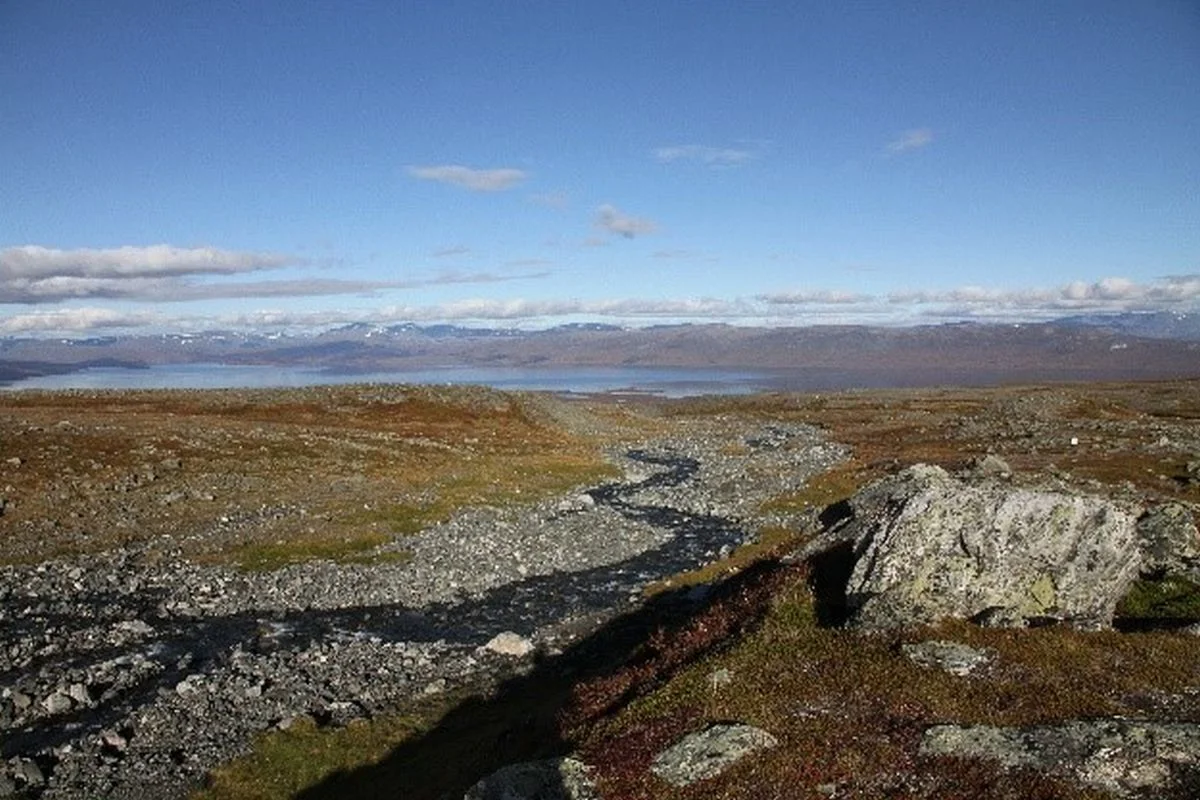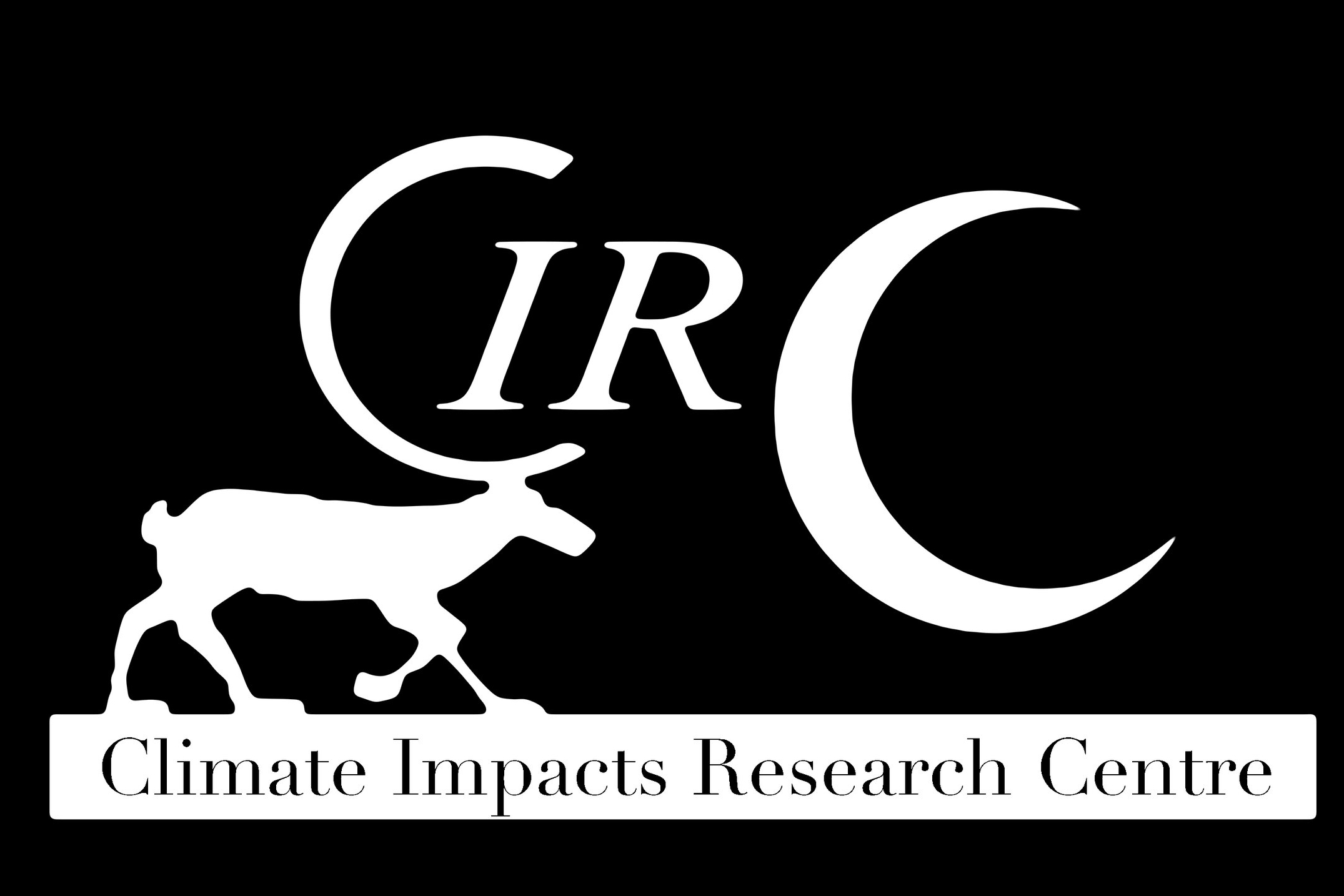Using field data and modeling we test the hypothesis that greenhouse gas emission, carbon burial in sediments, and carbon export downstream vary depending on the climatic conditions and the structure of the water network.
'Impacts of climate change on lake ecosystems in the Swedish arctic
The project aims to fill significant gaps in our knowledge of how lake ecosystems function at large-scales for understanding how climate will respond to the projected anthropogenic forcings.
The invisible carbon: an early indication of ecosystem change!
Streams are sensitive sentinels for environmental change by their integration of processes in terrestrial and aquatic systems. Upland headwater streams in the north Swedish tundra show seasonally exceptional high concentrations of uncolored dissolved organic carbon (DOC) and high carbon dioxide concentrations.
LOREX (The Limnology and Oceanography Research Exchange)
The Limnology and Oceanography Research Exchange (LOREX) is a formal training and professional development program in international research collaboration in the aquatic sciences offered by the Association for the Sciences of Limnology and Oceanography (ASLO).
Climate change induced regime shifts in Northern lake ecosystems
This project brings together new tools and concepts in biogeochemistry and ecology, with the aims of understanding and predicting the effects of climate change on the delivery of two major ecosystem services, fish production and the net greenhouse gas balance of Northern lakes.
Monitoring and management of Arctic lakes in a changing climate
The purpose of this study is to improve knowledge and monitoring of climate impacts on Arctic lakes. Specific aims include to quantify and provide threshold variables for climate change-induced regime shifts in fish resource use and production, and to develop tools and guidelines to be used in monitoring programs.
Climate impact on sources and sinks of greenhouse gases in high-latitude lakes
The core of the project is made up of (i) comparative studies of lakes across gradients in temperature and precipitation and (ii) large-scale experimental test of responses in C emission and burial to increases in temperature and precipitation/runoff.
Climate impact on the carbon emission and export from Siberian inland waters
This interdisciplinary project link expertise in aquatic biogeochemistry, hydrology and permafrost dynamics with the aim to improve the knowledge of the role of high latitude inland waters in emitting C to atmosphere and in exporting C to downstream coastal regions and how this varies between different climate regimes.
A cross-system analysis of ecological change in Kangerlussuaq (SW Greenland) and Torneträsk (Northern Sweden)
In this project, we will synthesize the available data from Torneträsk in Northern Sweden and Kangerlussuaq in south-west Greenland using novel statistical approaches to understand the key drivers of ecological changes at a range of timescales.
Taking the pulse of Swedish rivers: using metabolism to monitor ecosystem responses to environmental change
Taking the pulse of Swedish rivers: using metabolism to monitor ecosystem responses to environmental change
Project Summary
Streams and rivers carry out multiple ecosystem services that respond to and integrate natural and anthropogenic perturbations across landscapes. In northern regions, a critical aspect of this ‘integration’ involves the regulation of carbon (C) transfer from land to the atmosphere and sea. In this context, the degree to which streams and rivers transform terrestrial organic carbon (OC) and act as sources of CO2 to the atmosphere is subject to much current debate. National monitoring programs have the potential to shed light on this issue, yet these efforts rarely assess aquatic ecosystem processes. As a solution, we propose adding high frequency measurements of dissolved oxygen (DO) to current monitoring programs, which allow for the calculation of fundamental metabolic rates at daily time scales. Such measures reveal the ‘pulse’ of biological activity in running waters with the temporal resolution needed to capture changes in the degradation of terrestrial OC and CO2 production and fixation in response to diverse environmental changes. The goals of this research are to 1) determine how the rates and patterns of metabolism in Swedish rivers are shaped by regional climatic gradients and anthropogenic stressors, 2) Quantify the extent to which streams and rivers in arctic, boreal, and hemi-boreal zones degrade terrestrial OC, and contribute to CO2 evasion, and 3) Advance a simple and cost efficient method to assess metabolism that will complement current monitoring programs in Sweden by adding functional metrics
Collaborators
Jan Karlsson, Umeå University
Erin Hotchkiss, Virginia Polytechnic Institute
Hjalmar Laudon, Swedish University of Agricultural Sciences, Umeå
Funding
Formas
Groundwater discharge: a hidden driver of greenhouse gases (CO2 and CH4) emissions from lakes
This project will provide the first quantification of both spatial and temporal variations in permafrost groundwater discharge (PGD) and its importance for both the C cycle and the quality of surface waters.








